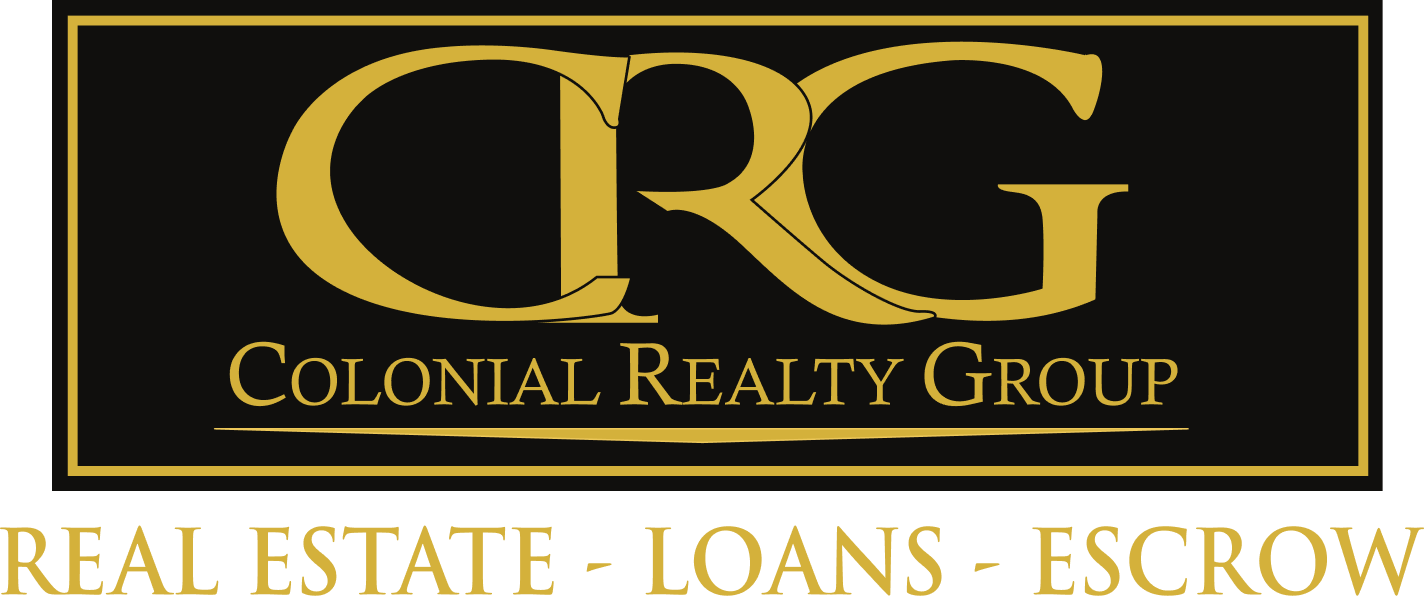Home Loans: Which One is Right for You?
Mortgages
If you’re searching for a home, odds are you searching for a home loan as well—and with so many options, it’s by no means a one-mortgage-fits-all model. Where you live, how long you plan to stay, and other factors can make certain home loans better suited for your goals, and choosing wisely could save you a lot of money on your down payment, fees, and interest. Check out these common types of home loans so you can make the right choice. I work with multiple lenders in the area. See which mortgage is right for you and contact me. I can have my lenders check your credit and get you pre-approved today!
Conventional, Fixed, or Adjustable?
The most common type of loan is the conventional loan. It has a single interest rate and monthly payment over the life of a loan. The “life” of the loan is just the amount of years you will have to pay back the loan. The shorter the years, the higher your monthly payment but the quicker you pay back the loan. The longer the “life” the smaller amount of your monthly payment and the longer the time you will be paying it back. The most common “life” of a conventional loan are 15 and 30 year loans.
Interest Rates
The two big differences with conventional loans are your interest rate and your down payment. A conventional loan can have a fixed interest rate. This interest rate is locked in over the life of the loan. So it will never change. This is a great way to know your consistent mortgage payment over the life of the loan. So if your interest rate is 4% in 2018, your interest rate in 2048 will be 4%. The other type of interest rate is an adjustable interest rate. With this type of interest rate your rate is based on the current year interest rate and can change throughout the life of the loan. So if your interest rate is 4% in 2018, your rate next year can be 3% and you would have a lower monthly payment or it can be 5% and you would have a higher monthly payment.
Down Payment
A conventional loan will require a down payment. Your down payment is money that you saved that will be used to pay down your loan. The most common down payments for a conventional loan are 5 – 20%. This means that if have a 5% down payment on a $100,000 home then you would be paying $5,000 and your loan balance will be $95,000. Please note that if you put down less than 20% most banks will require you to pay an additional mortgage insurance payment into your loan called PMI (Private Mortgage Insurance). This protects the bank from losing money if you cannot make the mortgage payments and the home goes into a foreclosure.
The fees vary for PMI but its typically .3% per year of the loan value. So if you had a $100,000 loan, your PMI would be $300 per year or $25 per month additional in your monthly payment. Once you pay down to 80% of the loan value (In our example, $80,000) your PMI would go away. Also note, the PMI $25 per month does not count toward the loan. Its insurance you are paying for the bank to make sure you pay your mortgage payment.
Ken McFarland | Broker of Record & Founder
Your mortgage payment can change dramatically. This is why I do not recommend an adjustable rate loan for my clients. What if your interest rate went to 10% and now your monthly mortgage payment doubles?? Stick to a fixed rate in my opinion. You get the peace of mind for what your payment will be throughout the life of the loan. An adjustable rate can be beneficial if you are not planning to live in an area for a long period of time. You can possibly get a lower interest rate to start than a fixed interest rate and will not be living there long to see high fluctuations in the interest rate market.
Have questions? Reach out to me!





